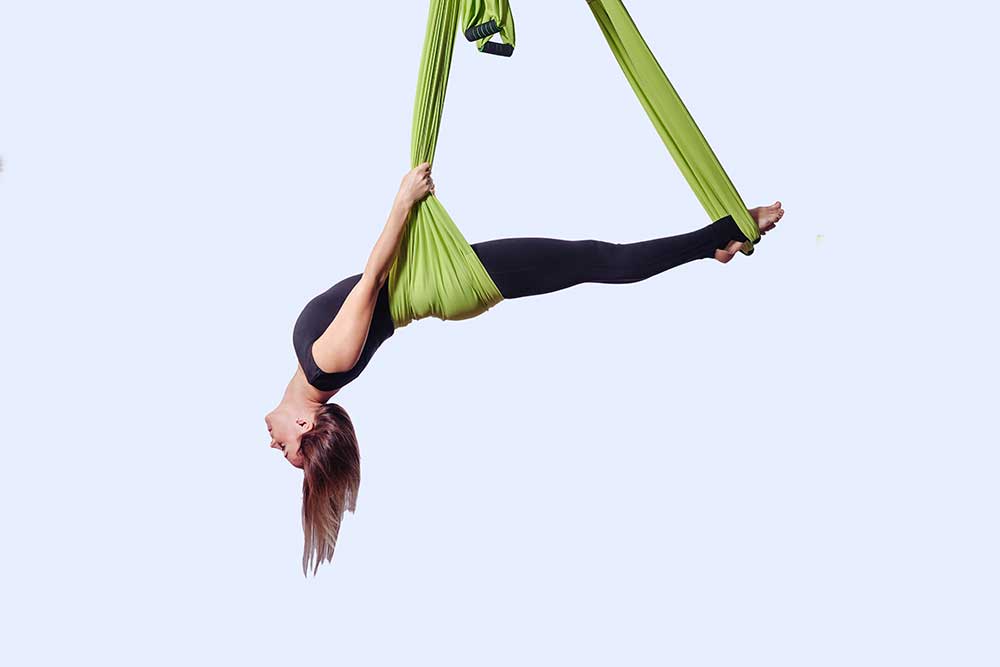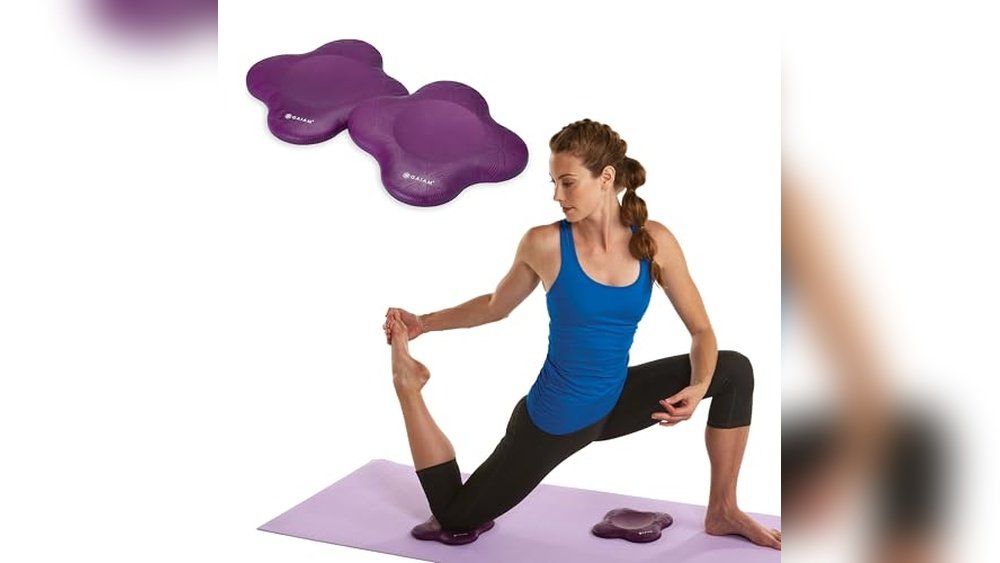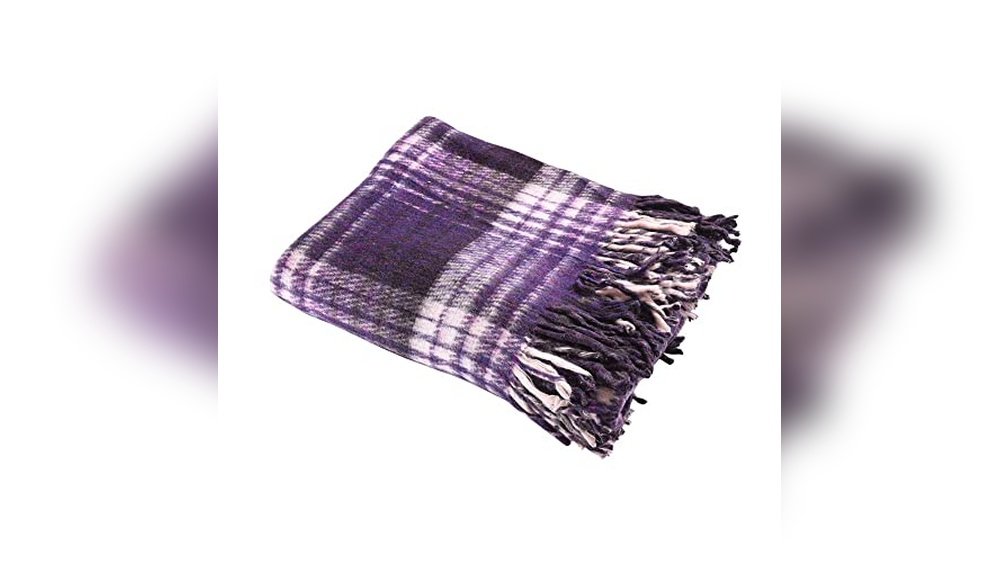Are you ready to take your yoga practice to new heights? Yoga trapeze poses offer a unique way to stretch, strengthen, and relax your body like never before.
Whether you want to relieve back pain, improve flexibility, or simply try something fun and different, these poses can transform your routine. Keep reading to discover how you can use a yoga trapeze to unlock deeper stretches and feel amazing in your body every day.

Credit: www.breathingspacedc.com
Benefits Of Yoga Trapeze
Yoga trapeze offers unique benefits that improve both body and mind. It supports various poses that help strengthen muscles and increase flexibility. Using a trapeze also helps relieve tension and boosts overall wellness.
This tool makes yoga practice more accessible and fun. It supports your weight, allowing deeper stretches and safer inversions. Many people find relief from pain and feel more energetic after sessions.
Enhancing Core Strength
The yoga trapeze targets core muscles effectively. Holding poses on the trapeze challenges your balance. This activates the deep muscles in your abdomen and back. A strong core improves posture and stability. Regular practice builds endurance and muscle tone.
Improving Flexibility
The trapeze helps lengthen muscles gently. It supports your body during stretches, reducing strain. This allows you to reach deeper poses safely. Flexibility improves in the hips, spine, and shoulders. Increased flexibility reduces injury risk and eases movement.
Relieving Back Pain
The trapeze supports spinal decompression. Hanging gently stretches the spine and relaxes muscles. It eases pressure on discs and nerves. Many users feel relief from chronic back pain. Regular use promotes better spinal alignment and comfort.
Boosting Circulation
Inverted poses on the trapeze improve blood flow. Better circulation delivers oxygen and nutrients to tissues. This helps reduce muscle soreness and swelling. Improved circulation also supports faster recovery. It energizes the body and promotes a healthy glow.
Essential Equipment And Setup
Setting up the right equipment is key for practicing yoga trapeze poses safely and effectively. Proper tools help you enjoy the practice and reduce injury risks. This section covers the essential gear and setup steps needed for a smooth start.
Choosing The Right Yoga Trapeze
Select a trapeze made from strong, durable material like nylon or polyester. The fabric should support your full body weight without stretching too much. Look for wide, comfortable handles and padded bars to protect your hands and wrists. Choose a trapeze with adjustable straps to fit your height and space. Pick a design with clear weight limits and safety certifications.
Safe Installation Tips
Install the trapeze in a sturdy place like a ceiling beam or a strong tree branch. Use heavy-duty hooks, carabiners, and anchors rated for high weight. Double-check all connections before use. Keep the area below clear of furniture or sharp objects. Test the trapeze gently before fully trusting it. Regularly inspect the ropes and hardware for wear or damage.
Basic Accessories Needed
Use a yoga mat under the trapeze for extra cushioning. Gloves can improve grip and protect your hands. A step stool or chair helps reach the trapeze safely. Keep a towel nearby to wipe sweat and avoid slipping. Some practitioners use ankle straps for added support and variety in poses.
Beginner-friendly Poses
Starting with yoga trapeze poses can feel new and exciting. These beginner-friendly poses help ease into aerial yoga safely. They build strength, improve flexibility, and boost confidence. Using the trapeze support makes movements gentle on the body. This section highlights simple poses anyone can try first.
Supported Inversion
Supported inversion lets you hang upside down with help. The trapeze holds your weight, making it easier and safer. This pose relieves pressure from the spine and improves blood flow. Beginners can relax fully without strain. It helps calm the mind and stretch the back gently.
Hanging Cat-cow Stretch
The hanging cat-cow stretch moves the spine up and down. The trapeze supports your body as you flex and extend your back. This pose increases spinal flexibility and releases tension. It also improves breathing and warms up muscles. The slow rhythm makes it easy to follow.
Gentle Spinal Decompression
Gentle spinal decompression lengthens the spine using gravity. The trapeze provides steady support to hang comfortably. This pose reduces pressure on discs and nerves in the back. It helps ease back pain and improves posture. Beginners feel refreshed and relaxed after this stretch.

Credit: yogapractice.com
Intermediate Poses For Strength
Intermediate yoga trapeze poses help build real strength and control. These poses improve muscle tone and endurance. You will feel more stable and balanced in your practice. Each pose focuses on different muscle groups to enhance your overall power.
Core Strengthening Hang
The core strengthening hang targets your abs and lower back. Hang from the trapeze with your arms straight. Slowly lift your knees toward your chest. Hold this position to engage your abdominal muscles. This pose improves core stability and control.
Trapeze Pull-ups
Trapeze pull-ups increase upper body strength. Grab the trapeze handles firmly. Pull your body upward until your chin passes the bar. Lower yourself slowly with control. This exercise works your arms, shoulders, and back muscles effectively.
Hip Opener Variations
Hip opener variations stretch and strengthen your hips. Use the trapeze to support your legs in wide positions. Gently push your hips down to feel a stretch. Hold the pose to open tight hip muscles. These poses improve flexibility and hip mobility.
Advanced Flexibility Poses
Advanced flexibility poses on the yoga trapeze challenge your body deeply. These poses improve strength and increase your range of motion. They require focus and patience to perform safely.
Practicing these poses regularly helps your muscles stretch more effectively. You also build better control and balance. Each pose targets different muscle groups for full-body flexibility.
Deep Backbend Extensions
Deep backbend extensions open your chest and shoulders. The trapeze supports your spine as you bend backward. This pose stretches your front body and strengthens your back muscles.
Start by gripping the trapeze bars and slowly arching your back. Keep your legs steady and breathe deeply. Hold the position for a few seconds, then release gently.
Inverted Splits
Inverted splits stretch your hips, hamstrings, and inner thighs. The trapeze helps you lift your legs into a wide split while hanging upside down. This pose improves hip flexibility and leg strength.
Use the fabric to support your hips as you extend your legs apart. Keep your core tight and your back straight. Hold the stretch and breathe slowly to relax muscles.
Advanced Hanging Twists
Advanced hanging twists improve spinal mobility and core strength. Hanging from the trapeze, you twist your torso to each side. This pose helps release tension in your back and waist.
Grip the trapeze firmly and rotate your upper body slowly. Keep your legs stable and controlled. Breathe evenly and avoid forcing the twist to prevent injury.
Safety Tips And Common Mistakes
Yoga trapeze poses offer great benefits but also carry risks. Safety is key to enjoy the practice fully. Knowing common mistakes helps avoid injuries. This section covers essential safety tips for yoga trapeze users.
Avoiding Strain And Injury
Do not push your body beyond comfort. Use slow, controlled movements. Keep your core engaged for balance. Check the trapeze setup before each use. Make sure all knots and straps are secure. Avoid sudden jerks or fast drops. Stop if you feel sharp pain or discomfort.
Proper Warm-up Techniques
Start with gentle stretches for your neck and shoulders. Move your arms and wrists in circles. Stretch your back and legs lightly. Warm muscles reduce injury risk. Spend at least five minutes warming up. This prepares your body for trapeze poses. Warm-up helps improve flexibility and blood flow.
Listening To Your Body
Pay attention to how your body feels. Rest if you feel tired or sore. Do not ignore signs of strain or pain. Modify poses to fit your current ability. Take breaks between sets to avoid overuse. Yoga trapeze is not a race. Progress at your own pace for safety.
Incorporating Yoga Trapeze Into Routine
Adding a yoga trapeze to your routine can boost strength and flexibility. It offers a fun way to deepen stretches and try new poses safely. Using the trapeze regularly improves balance and posture. It also helps release tension in the spine and shoulders. Small changes in your routine can lead to big results over time.
Combining With Traditional Yoga
Start by mixing trapeze poses with floor yoga. Use the trapeze for backbends and inversions. Then, switch to mat poses for balance and grounding. This blend keeps your practice fresh and exciting. It also targets different muscle groups effectively. You gain strength and flexibility in a balanced way.
Creating A Balanced Practice
Include warm-up and cool-down exercises in your sessions. Use the trapeze for gentle stretches and deep holds. Add standing and seated poses to build core stability. Change intensity based on how your body feels. Rest days are important to prevent injury. A balanced routine supports steady progress and body care.
Tracking Progress And Goals
Write down your goals before each practice. Note improvements in strength, flexibility, or ease of poses. Take photos or videos to see visual progress. Celebrate small wins like holding a pose longer or trying a new one. Adjust your goals as you grow stronger. Tracking keeps you motivated and focused.

Credit: yogatrapeze.com
Frequently Asked Questions
What Are The Best Beginner Yoga Trapeze Poses?
Beginner poses include supported inversions, gentle stretches, and hanging backbends. These improve flexibility and build confidence safely. Starting slow helps prevent injury and enhances body awareness.
How Does Yoga Trapeze Improve Flexibility?
Yoga trapeze allows deep stretches with support, increasing joint mobility. It helps decompress the spine and lengthen muscles efficiently. Regular practice boosts overall flexibility and reduces stiffness.
Can Yoga Trapeze Help Relieve Back Pain?
Yes, yoga trapeze decompresses the spine and strengthens back muscles. It promotes better posture and reduces tension. Many users experience pain relief with consistent, gentle practice.
Is Yoga Trapeze Suitable For All Fitness Levels?
Yoga trapeze adapts to all levels with varied poses. Beginners start with basic supports; advanced users try inversions. It enhances strength, flexibility, and balance progressively.
Conclusion
Practicing yoga trapeze poses helps improve strength and flexibility. These poses support your body, making stretching safer and easier. Regular practice can reduce stress and ease muscle tension. You can enjoy better balance and posture over time. Start slowly, listen to your body, and increase intensity gradually.
Yoga trapeze offers a fun, gentle way to enhance your wellness. Keep exploring different poses to find what suits you best. Stay consistent and enjoy the benefits of this unique practice.



